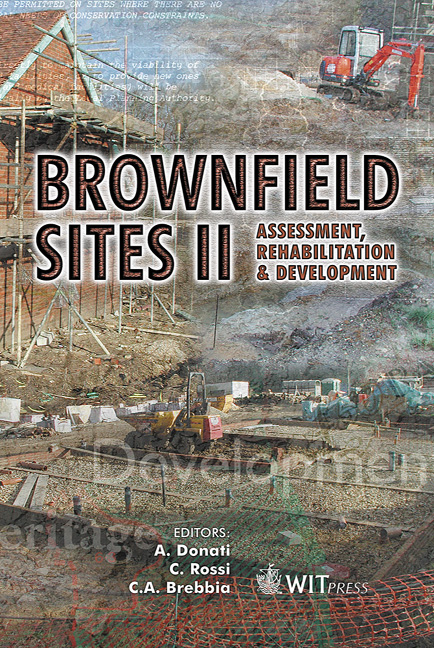Remediation Of Trichloroethylene By Zero-valent Iron Permeable Reactive Barriers
Price
Free (open access)
Transaction
Volume
70
Pages
10
Published
2004
Size
307 kb
Paper DOI
10.2495/BF040131
Copyright
WIT Press
Author(s)
M.C. Zanetti, S. Fiore & G. Genon
Abstract
Trichloroethylene (TCE), belonging to the class of Dense Non-Aqueous Phase Liquids (DNAPLs), is a contaminant which is very persistent and widespread in groundwater because of its massive industrial use in past decades (i.e. in the metallurgical, textile and dye production industries). Among the in situ remediation technologies for the recovery of groundwaters polluted by chlorinated solvents, zero-valent iron Permeable Reactive Barriers (PRBs) have a primary importance; this technique, developed in Canada in the nineties, is based on the reductive action of zero-valent iron in a dechlorination process. The PRB is set perpendicularly to the groundwater flow direction, and chlorinated solvents are converted to non-toxic products, such as alkanes and alkenes, through various reaction pathways. In this wo
Keywords




